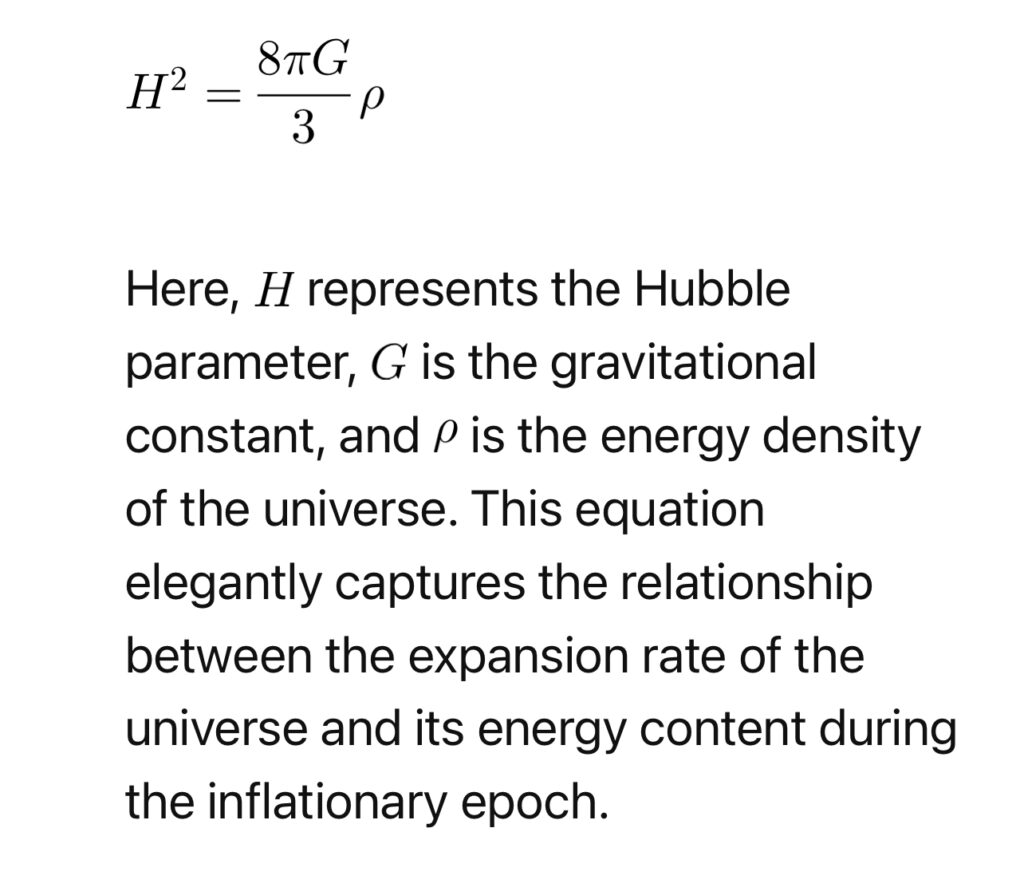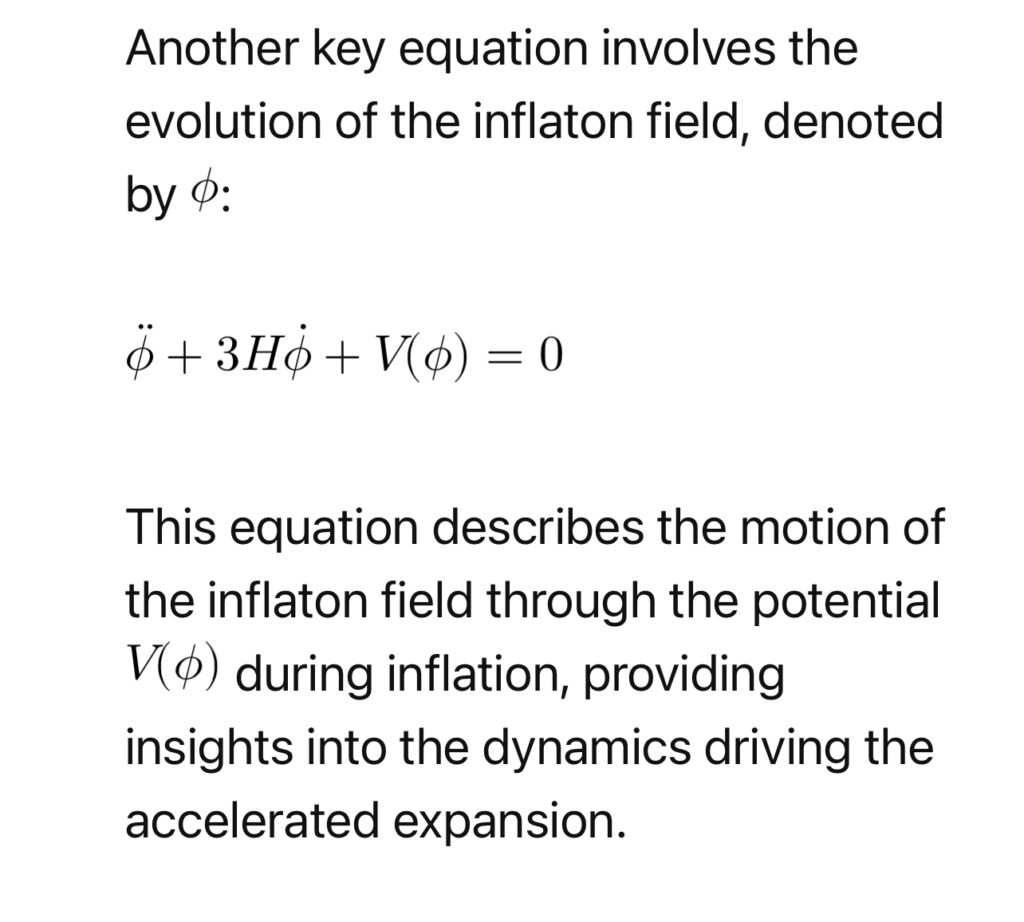
Have you ever wondered how our universe was born? Contemplating the vastness of space and the intricate dance of celestial bodies, humanity has sought answers since time immemorial. While religious beliefs offer diverse creation stories, science unravels a different narrative, attributing the origins to the Big Bang. However, within the realm of scientific explanations, Alan Guth’s theory of inflation adds a fascinating layer to the cosmic tale, peeling back the layers of the universe’s infancy to reveal an extraordinary chapter.
What is Inflation:
Inflation, as proposed by physicist Alan Guth, is a theory that posits an extraordinary expansion of the universe during its early moments. This expansion happened at an exponential rate, causing the universe to grow exponentially faster than the speed of light for a brief period. This concept is a crucial element in our understanding of the large-scale structure of the cosmos.
The Mind Behind the Theory:
Alan Guth, an American theoretical physicist, introduced the inflationary theory in the early 1980s. The idea was born out of the necessity to address certain cosmological problems that traditional Big Bang theory struggled to explain, such as the uniformity of the cosmic microwave background radiation (CMBR).
The Genesis of Guth’s Idea:
Guth’s revelation emerged from his exploration of the early universe’s conditions. He realized that if the universe underwent a rapid and exponential expansion during a specific period, it could resolve some of the lingering issues in cosmology, including the mystery of the uniform CMBR. This visionary thinking led to the formulation of the inflationary theory.
Equations Behind Inflation:
At the heart of Guth’s theory are complex mathematical equations that describe the dynamics of the inflationary process. One of the foundational equations is:


Cosmic Microwave Background Radiation (CMBR):
The cosmic microwave background radiation is a crucial piece of evidence supporting Guth’s theory. Discovered accidentally in 1965 by Arno Penzias and Robert Wilson, CMBR is the faint glow of radiation left over from the Big Bang. The uniformity of this radiation posed a puzzle for traditional cosmology, which Guth’s inflationary theory elegantly resolved. It explained why the CMBR is nearly uniform across the sky, as inflation stretched any initial irregularities to an indistinguishable scale.
Recent Developments in Inflation:
Since its inception, the inflationary theory has undergone refinement and faced scrutiny. Numerous experiments and observations, including those from cosmic microwave background studies and large-scale structure surveys, have lent support to aspects of Guth’s theory. However, challenges and debates persist, pushing scientists to explore variations and extensions of the original concept.
In recent years, experiments like the BICEP/Keck collaboration and the Planck satellite have provided valuable insights into the early universe, offering observational evidence that aligns with some predictions of inflation. These developments further fuel ongoing investigations and discussions within the scientific community.
Conclusion:
Alan Guth’s inflationary theory, intricately tied to the cosmic microwave background radiation and substantiated by pioneering equations, stands as a captivating chapter in our cosmic understanding, enriching the narrative of the universe’s birth. As science continues to probe the mysteries of the cosmos, the inflationary theory remains a cornerstone, inviting us to explore the awe-inspiring complexities that define our existence.
BINARY NEUTRON STAR MERGERS with Gabriel Casobona, an American theoretical astrophysicist in the USA.
Gabriel Casabona, a theoretical astrophysicist who specializes in binary neutron star mergers. Gabriel first earned his bachelors in physics at Florida International University and then completed his masters at the University of Massachusetts Dartmouth, where he began his research looking into a specific class of supernova known as type IA.
Currently he is working on his PhD at Northwestern University using extremely high tech and sophisticated computational techniques and simulations to study binary neutron star mergers. By carefully studying the nuclear physics in addition to where the elements within our universe came from, allows him to more carefully study the physical processes of neutron stars and supernovas.
